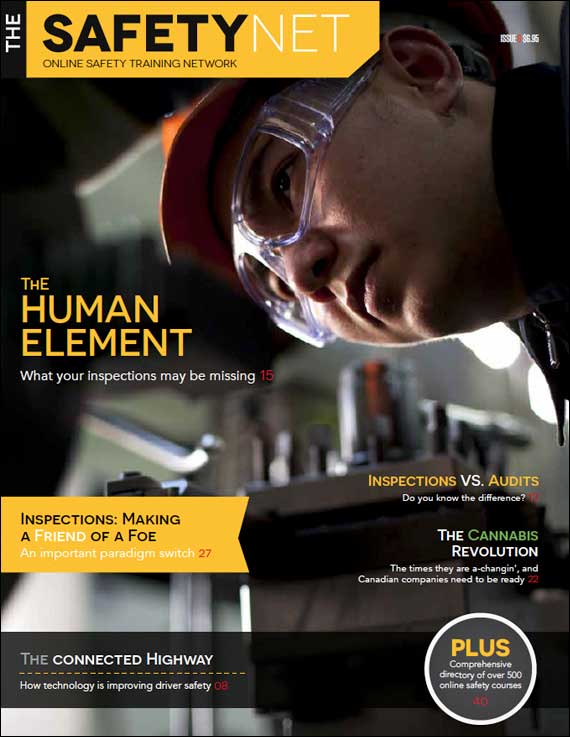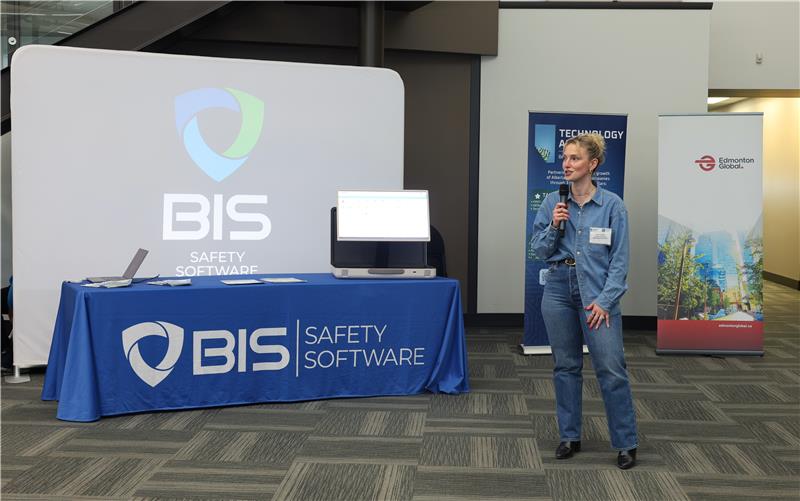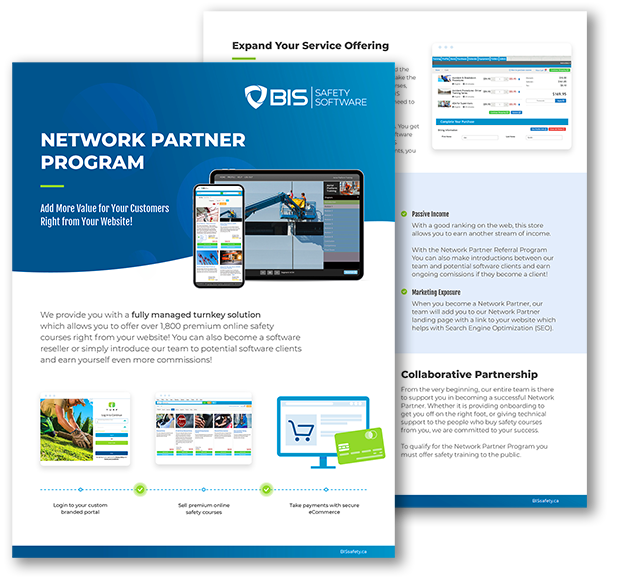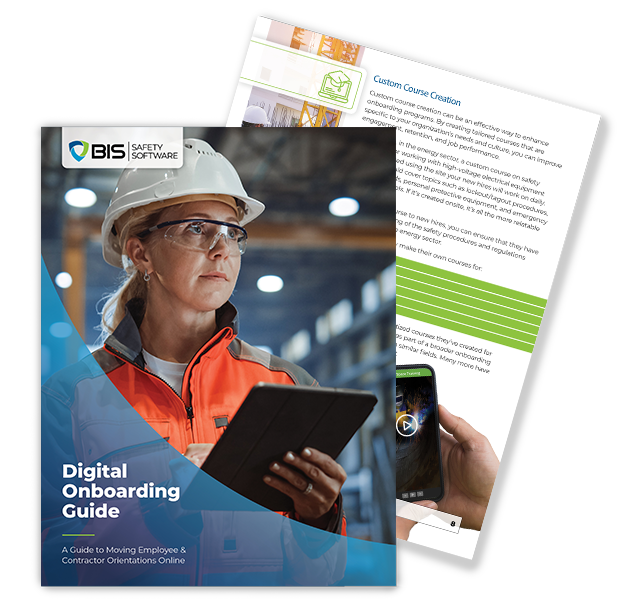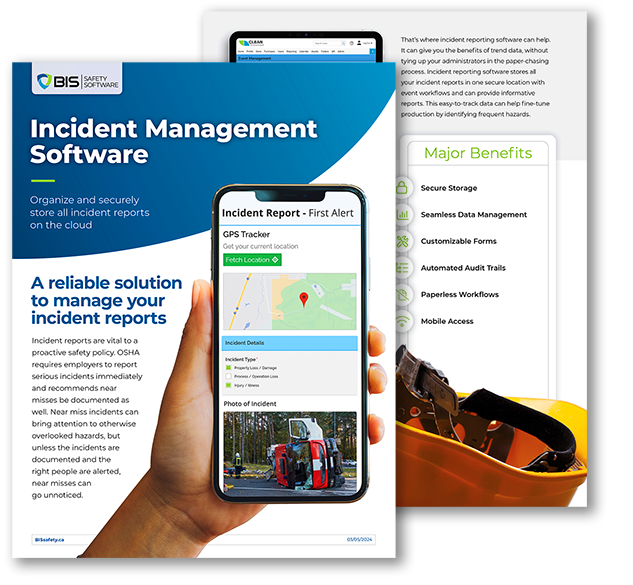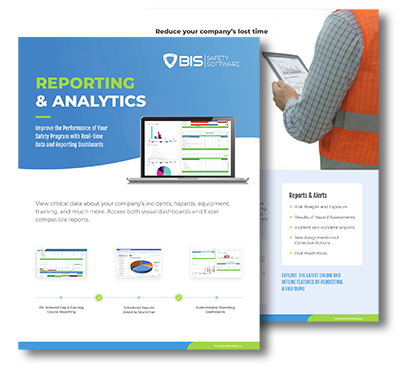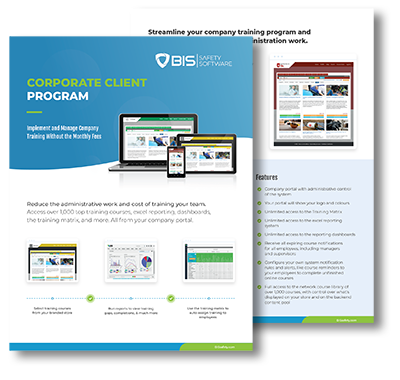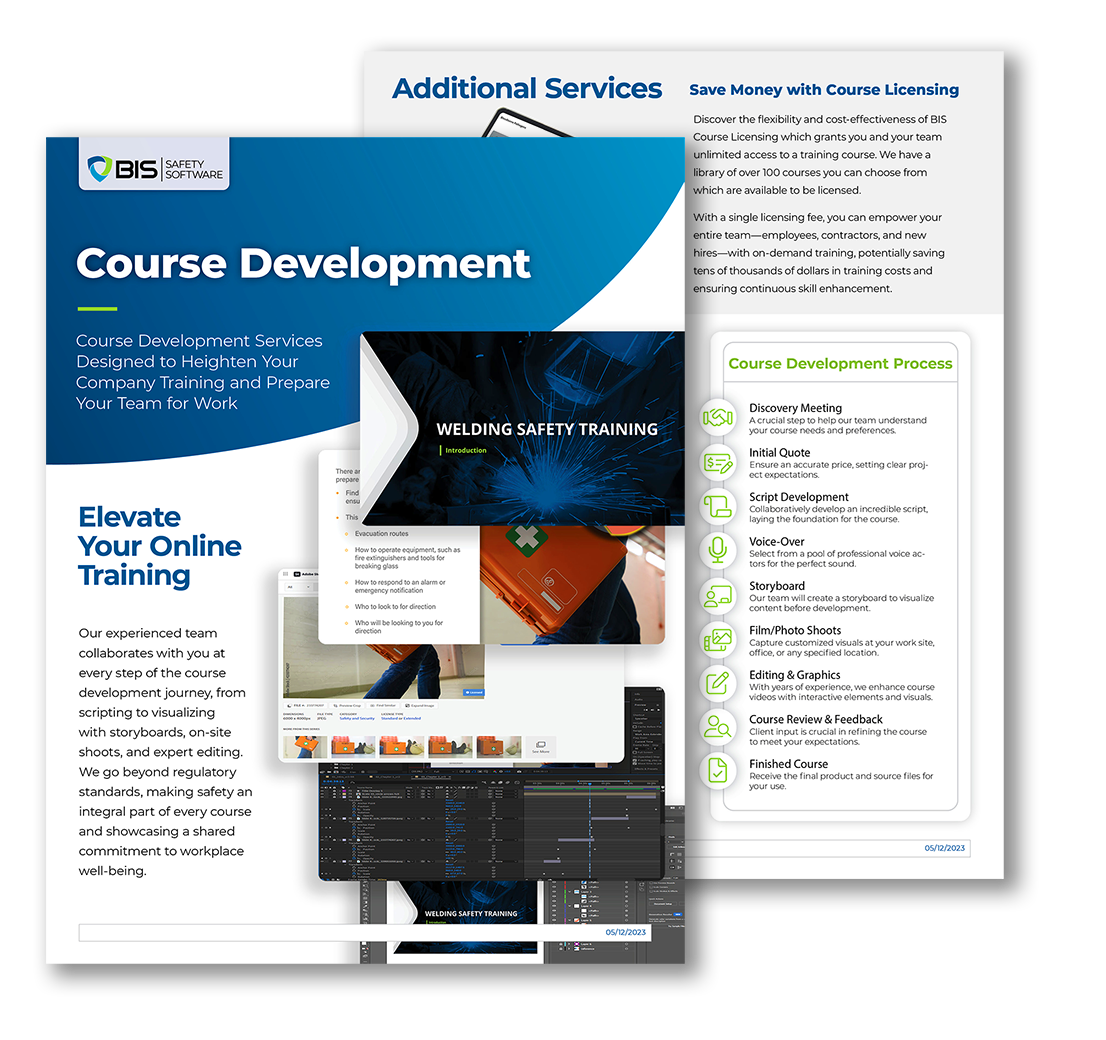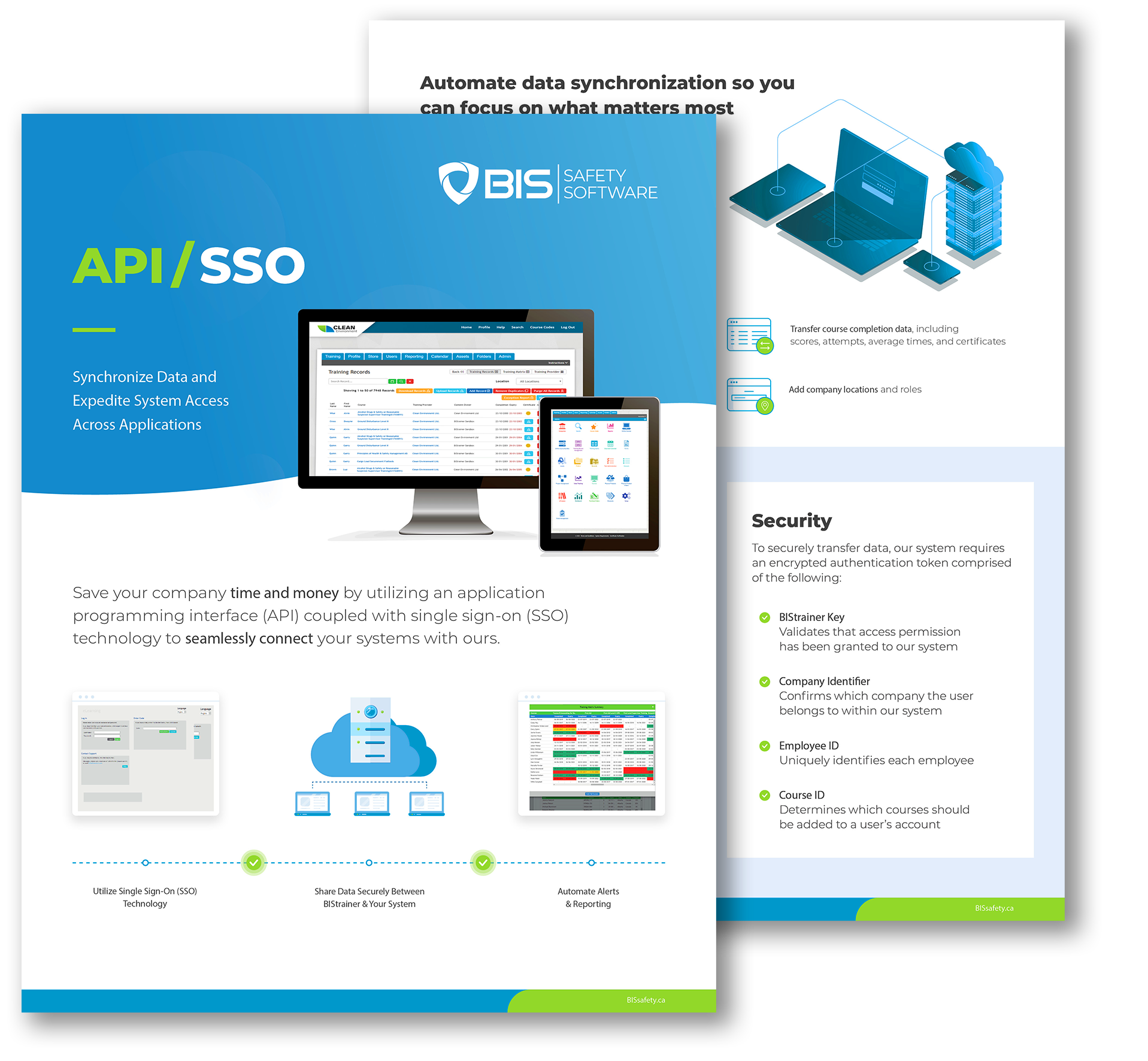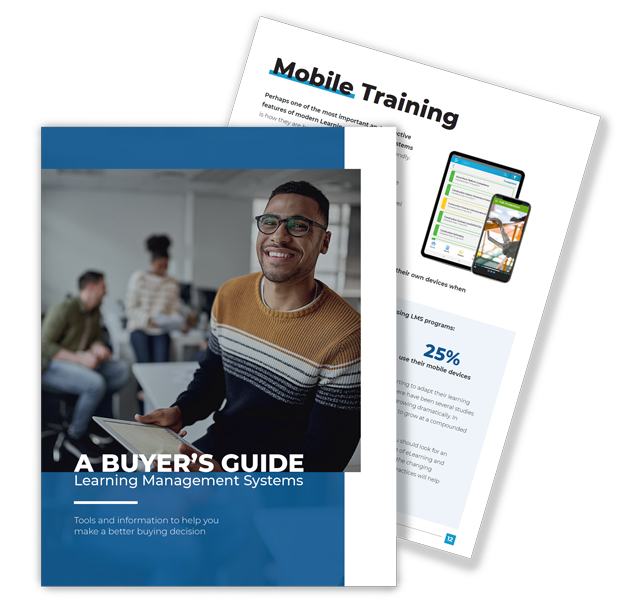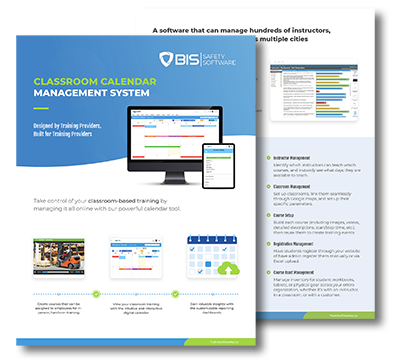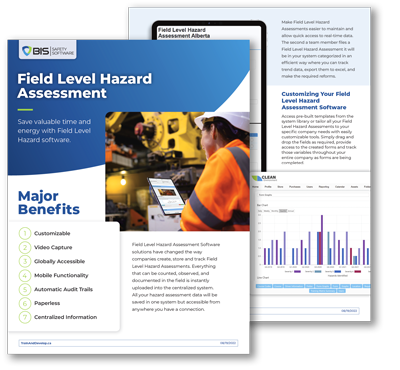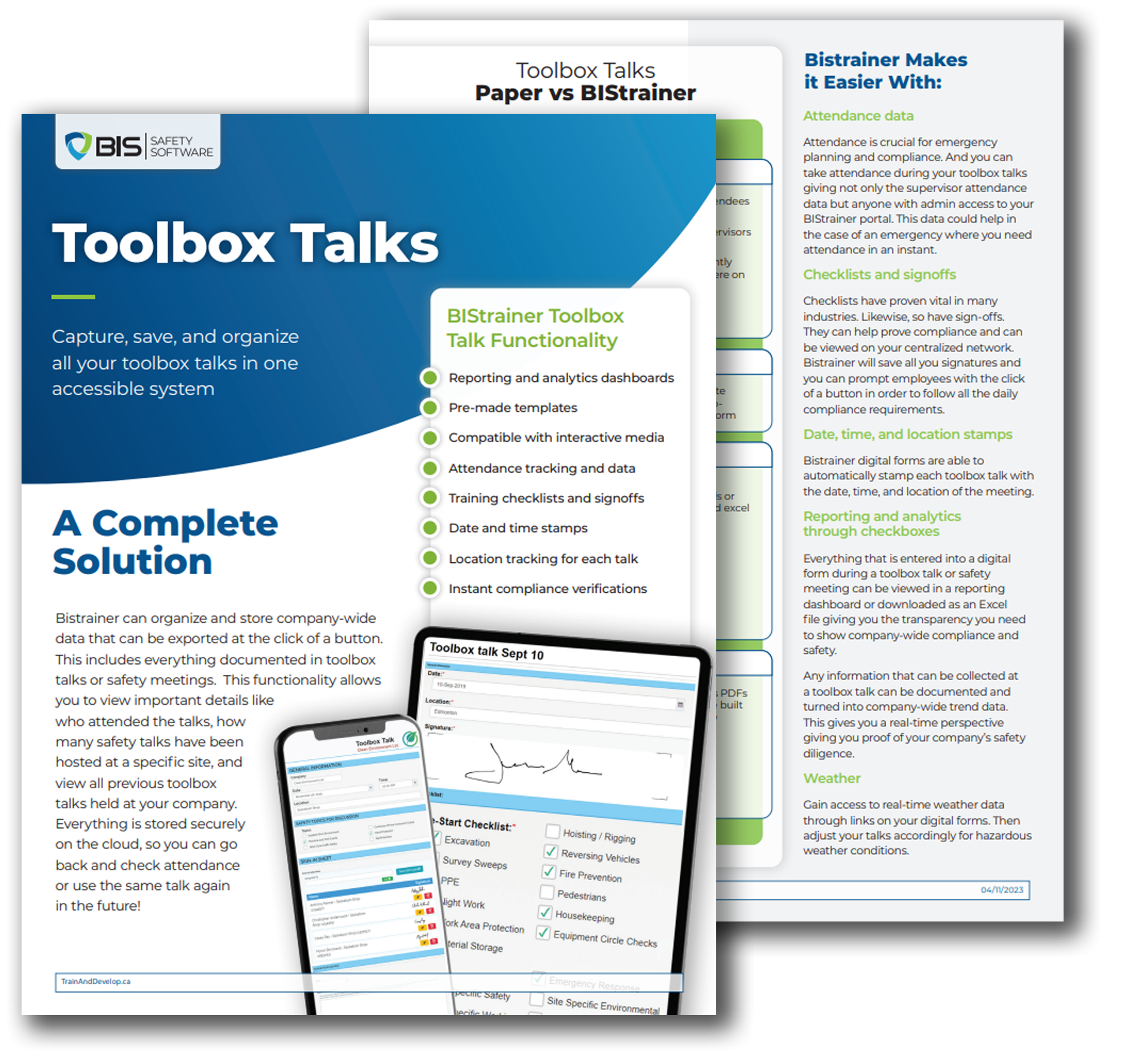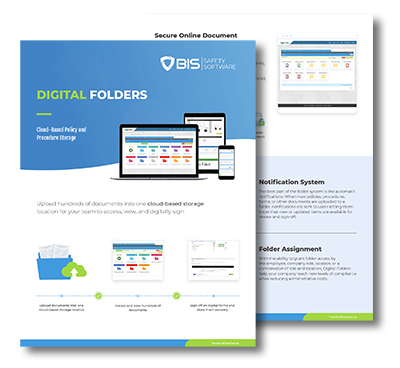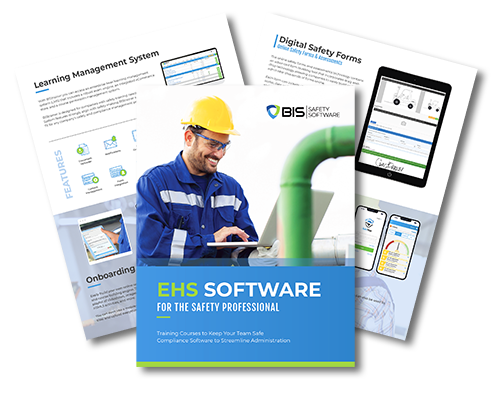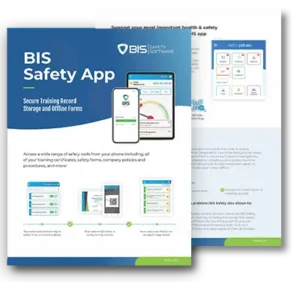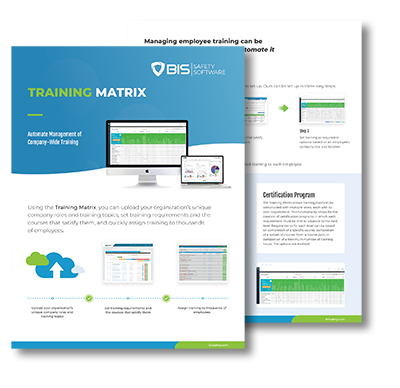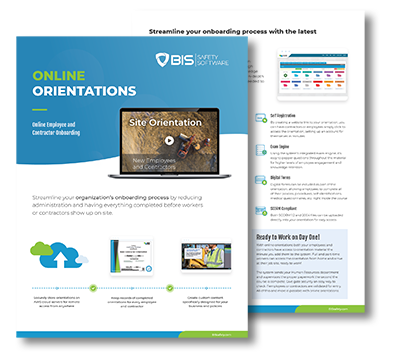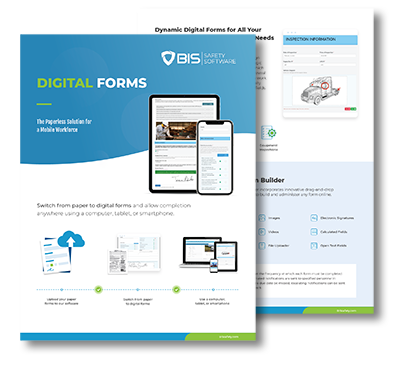The Best Way to Reduce Training Costs: Online Orientation Software

Looking to cut training expenses? Learn how Canadian organizations are using online orientation software to streamline onboarding, save money, and boost employee performance.
Why Safety Software Adoption can Fail and How to Fix It

Struggling to get your team to use new safety software? Here’s how to make adoption smoother, smarter, and more successful—right from the frontline.
6 Essential Features of a Top Learning Management System

Discover six essential features every top Learning Management System should have to enhance employee training, ensure compliance, and build a skilled workforce.
The First Week on the Job

Home Blog The First Week on the Job Why New Workers Face the Highest Risk By DanAdminCAD Facebook LinkedIn New workers are the most likely to get injured on the job. They don’t know the risks, they’restill learning the rules. They hesitate to ask questions for fear of looking inexperienced. Thatcombination makes the first week on the job one of the most dangerous times in a worker’scareer. New workers are more likely to get hurt in their first month than experienced ones.It’s not just inexperience. It’s pressure, hesitation, and lack of preparation. Why Are New Workers at Higher Risk? Lack of Experience: They don’t know the job, the risks, or the safest way to do tasks. Without hands-on knowledge, they’re more likely to make mistakes. Inadequate Training: If safety training is rushed or skipped, they’re left to figure things out alone. Watching a quick safety video isn’t the same as real instruction. Pressure to Prove Themselves: No one wants to be the slowest worker. Some take risks to keep up, avoid asking questions, or attempt tasks they aren’t ready for. Unfamiliar Worksites: Every job site is different. Without proper guidance, simple mistakes turn dangerous. Even a small misstep in a new environment can lead to a serious accident. Hesitation to Speak Up: New workers don’t want to rock the boat. If something feels unsafe, they might stay silent instead of asking for help. They fear looking incompetent or slowing down production. How to Keep New Workers Safe New workers need more than a quick safety briefing, they need real guidance. Safety training should come before the first task, not after. New hires must understand risks before stepping onto the job site. Pairing them with experienced workers helps build safe habits fast. A buddy system ensures they have someone to ask when in doubt. Supervisors should push workers to ask questions and check in often. Asking for help isn’t weakness, it’s smart. Rushing causes mistakes. New hires need time to get it right before they get it fast. If a new worker is involved in a near-miss or accident, it should be a learning moment, not just a reprimand. Understanding why mistakes happen prevents them from repeating. Hands-on training is critical, reading safety guidelines isn’t enough. Workers need hands-on training before facing real risks. Lastly, safety culture starts from the top. If seasoned workers take shortcuts, new hires will too. Lead by example, when safety is a priority at every level, new workers follow suit. Final Thought: Safety Starts on Day One A worker’s first week can set the tone for their entire career. If safety isn’t a priority then, it won’t be later. Train early. Reinforce often. Make safety the expectation, not an afterthought. The best workplaces don’t just teach skills, they teach workers how to stay alive. New workers don’t have to learn safety through injury. They just need the right guidance, the right training, and the right culture to back them up. Follow us! Stay up-to-date with the latest spotlight articles, podcasts, the SafetyNET Magazine, or our book on Leadership for Safety Excellence. All updates will be shared on our social channels, click below to follow us. Facebook Linkedin Related Articles All Posts #EmergencyPreparedness 2025 safety trends 360 Immersive 360immersive 6S Safety accident prevention accidental careers accountability adjustable workstations adult education AFAD AI automation AI implementation AI in business AI in operations AI in Safety AI podcast AI strategy AI transformation Airborne Hazards Alberta safety Alberta safety courses Allan James Moore Anhydrous Ammonia artificial intelligence asking for help audit findings audit readiness Audit Reporting automation in safety automation strategy avoidable injuries awareness Aztec Safety back strain BambooHR integration Bear safety behavior-based safety Behavioral Safety behavioural safety biometric sensors BIS Podcast BIS Safety Podcasts BIS Safety Software BIS Safety Spotlight black holes Blame Culture Blue Angels Boom Lift Safety BP Texas City Explosion Brave Leadership Brett Burkard bump test burnout business automation calibration call before you dig Canadian Compliance Canadian OHS Canadian safety Canadian safety history Canadian Safety Regulations Canadian safety standards Canadian wilderness safety carbon monoxide Cargo Securement Carolynne Heron CCOHS chemical Chemical Safety chemical vapors chronic injuries chronic pain cloud-based safety tools Coming Soon Commercial Drivers Commercial Vehicle Safety Communication in Safety Communication Systems community safety programs Competency in Safety complacency in safety Compliance compliance courses Compliance In Canada compliance issues Compliance management Compliance Reporting compliance software compliance tools compliance tracking compliance training compliance vs protection confined space Confined Space Safety Construction advocacy Construction education Construction industry construction safety construction safety training construction technology ConstructionSafety continuous improvement continuous safety improvement corporate culture corporate training corrective actions CPR and AED crane CSA standards Customer Spotlight Customer Spotlight Kevin Swinden Global Hazmat Safety Culture Hazmat Management Dangerous Goods Competency in Safety Workplace Risk Mitigation BIS Training Clients Canadian EHS customized training daily trip inspection Damage Prevention Dangerous Goods dangerous goods classification Danny Sellers data-driven safety debriefing Decision Analysis Decision quality defect management defect tracking defensive driving DEI in onboarding digital badges digital compliance digital FLHA digital forms Digital Hazard Reporting Digital Onboarding digital safety Digital Safety Audits digital safety meetings Digital Safety Solutions Digital safety systems digital safety tools digital safety transformation digital site access Digital Training Tools digital transformation DMS features document control document management system Dr. Joanna Pagonis Dr. Tom Krause Driver Fatigue driver file management driver training driving instructor program DTRMS Duty-Time Management e-learning e-learning tools eadership in safety early intervention education technology EHS EHS Adoption EHS Compliance EHS digital solutions EHS Inspections EHS leadership EHS Onboarding EHS software EHS Strategy EHS systems EHS technology EHS tools Einstein ELD electrical safety Elevated Work Safety elite performance Emergency Action Plan emergency preparedness emergency procedures emergency response emergency supplies emotional training EmpathyInLeadership employee behavior employee engagement employee health Employee onboarding employee preparedness Employee Readiness employee safety employee training employee trust Employee Well-Being EmployeeEngagement Employer Responsibilities Energy Isolation engaging toolbox meetings equipment inspections Equipment Operation ergonomic consulting ergonomic design ergonomic risks ergonomics Evacuation Procedures evidence collection EWI Works
BambooHR & BIS
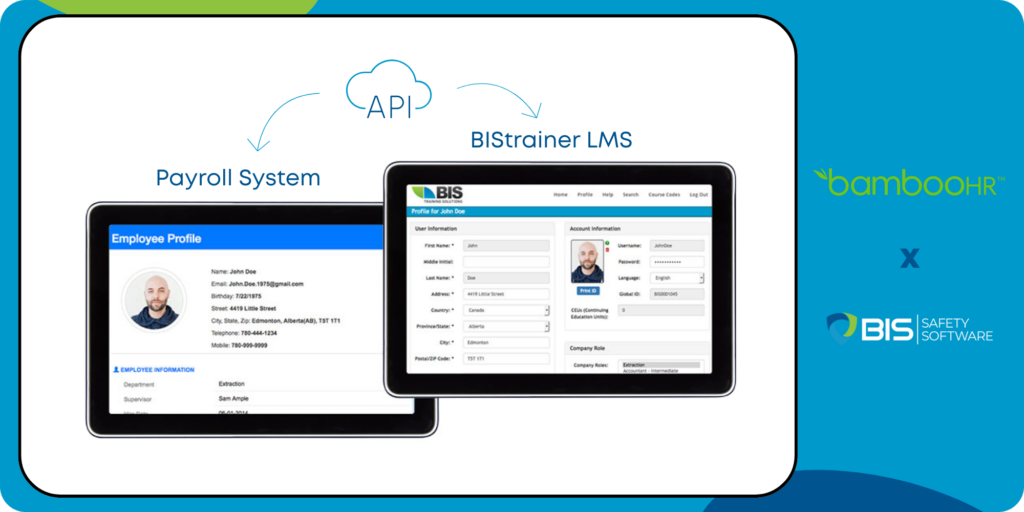
BambooHR & BIS Simplifying HR and Safety Management Together at last! By DanAdminCAD Facebook LinkedIn Exciting news! BambooHR is now fully integrated with BIS Safety Software. Companies are already using BambooHR for hiring, onboarding, and employee management. Now they can seamlessly connect their HR data with safety training and compliance tracking. Eliminate double data entry, reduce errors, and save valuable time. For businesses that balance both HR and safety compliance, this integration means smoother workflows, better data accuracy. It means a stronger overall system for managing employees, from their first day to their next certification renewal. Why BambooHR? BambooHR is built for companies that want an easy, intuitive HR platform. It streamlines hiring, onboarding, time tracking, benefits, and performance management. But what it doesn’t handle natively is workplace safety training and compliance management, critical for industries with regulatory requirements. That’s where the integration with BIS Safety Software comes in. By linking BambooHR with BIS Safety Software, businesses can keep all employee information in sync. No more manual data entry. No more worrying about outdated records. Just one system, updated automatically, working together to keep HR and safety teams aligned. How Integration Works BambooHR’s integration is simple. BambooHR acts as the central hub for employee data. BIS Safety Software ensures that training records, certifications, and compliance details stay updated. Here’s how it works at a high level: 1. Automatic Data Sync When a new employee is added to BambooHR, their information is automatically pushed to BIS Safety Software, no need to enter the same details twice. 2. Training and Certification Tracking As employees complete training, their records update in BIS Safety Software and sync back to BambooHR. This ensures HR teams always have the latest compliance status. 3. Seamless Offboarding When an employee leaves, their records are removed from both systems, preventing outdated information from lingering and streamlining audits. 4. Real-Time Updates When a new employee is added to BambooHR, their information is automatically pushed to BIS Safety Software, no need to enter the same details twice. The result? A fully connected system where HR and safety management work hand in hand, making sure employees are trained, compliant, and always up to date. The Benefits for Customers For businesses juggling HR responsibilities and safety compliance, this integration is a game-changer. Here’s what it means in practice: 1 No More Double Entry HR teams won’t have to enter employee data into two different systems. Save time and reduce the risk of errors. 2 Always Up-to-Date Compliance Records When training or certifications expire, HR teams get real-time updates, preventing compliance gaps. 3 Faster Onboarding New employees can be automatically assigned training based on their role. This ensures they meet safety requirements from day one. 4 Better Workforce Insights With HR and safety data in one place, companies get a clearer picture of their workforce’s readiness and compliance. 5 Simplified Audits When auditors come knocking, HR and safety teams can pull up accurate, real-time records in seconds, no scrambling, no searching. A Smarter Way to Manage HR and Safety The integration between BambooHR and BIS Safety Software brings together the best of both worlds. It keeps HR teams focused on people. It keeps safety teams focused on compliance. It keeps employees moving through their training and career milestones without friction. For companies looking to simplify their HR and safety processes, this is the kind of efficiency that makes a difference. Save time, reduce risk, and ensure a safer, more compliant workforce. One system, two essential functions, finally working together the way they should. Follow us! Stay up-to-date with the latest spotlight articles, podcasts, the SafetyNET Magazine, or our book on Leadership for Safety Excellence. All updates will be shared on our social channels, click below to follow us. Facebook Linkedin Related Articles All Posts #EmergencyPreparedness 2025 safety trends 360 Immersive 360immersive 6S Safety accident prevention accidental careers accountability adjustable workstations adult education AFAD AI automation AI implementation AI in business AI in operations AI in Safety AI podcast AI strategy AI transformation Airborne Hazards Alberta safety Alberta safety courses Allan James Moore Anhydrous Ammonia artificial intelligence asking for help audit findings audit readiness Audit Reporting automation in safety automation strategy avoidable injuries awareness Aztec Safety back strain BambooHR integration Bear safety behavior-based safety Behavioral Safety behavioural safety biometric sensors BIS Podcast BIS Safety Podcasts BIS Safety Software BIS Safety Spotlight black holes Blame Culture Blue Angels Boom Lift Safety BP Texas City Explosion Brave Leadership Brett Burkard bump test burnout business automation calibration call before you dig Canadian Compliance Canadian OHS Canadian safety Canadian safety history Canadian Safety Regulations Canadian safety standards Canadian wilderness safety carbon monoxide Cargo Securement Carolynne Heron CCOHS chemical Chemical Safety chemical vapors chronic injuries chronic pain cloud-based safety tools Coming Soon Commercial Drivers Commercial Vehicle Safety Communication in Safety Communication Systems community safety programs Competency in Safety complacency in safety Compliance compliance courses Compliance In Canada compliance issues Compliance management Compliance Reporting compliance software compliance tools compliance tracking compliance training compliance vs protection confined space Confined Space Safety Construction advocacy Construction education Construction industry construction safety construction safety training construction technology ConstructionSafety continuous improvement continuous safety improvement corporate culture corporate training corrective actions CPR and AED crane CSA standards Customer Spotlight Customer Spotlight Kevin Swinden Global Hazmat Safety Culture Hazmat Management Dangerous Goods Competency in Safety Workplace Risk Mitigation BIS Training Clients Canadian EHS customized training daily trip inspection Damage Prevention Dangerous Goods dangerous goods classification Danny Sellers data-driven safety debriefing Decision Analysis Decision quality defect management defect tracking defensive driving DEI in onboarding digital badges digital compliance digital FLHA digital forms Digital Hazard Reporting Digital Onboarding digital safety Digital Safety Audits digital safety meetings Digital Safety Solutions Digital safety systems digital safety tools digital safety transformation digital site access Digital Training Tools digital transformation DMS features document control document management system Dr. Joanna Pagonis Dr. Tom Krause Driver Fatigue driver file management driver training driving instructor program DTRMS Duty-Time Management e-learning e-learning tools eadership in safety






